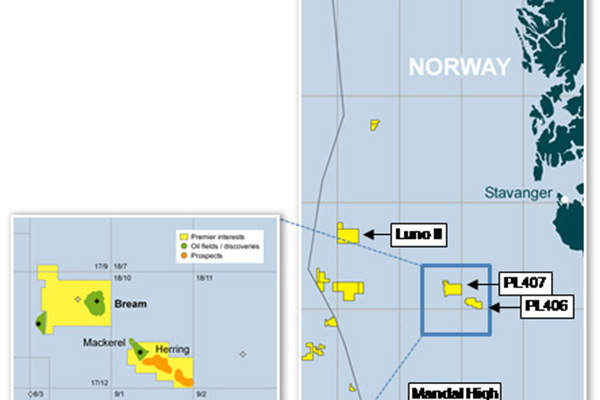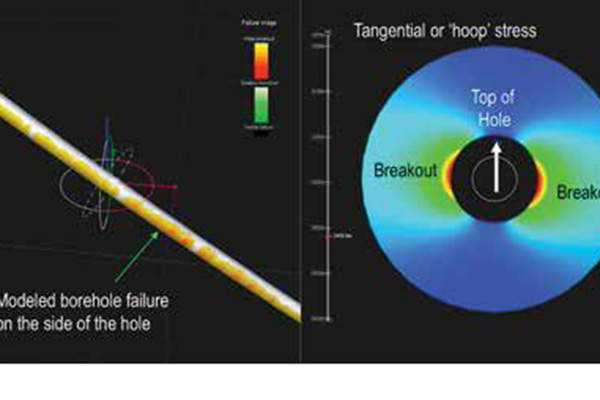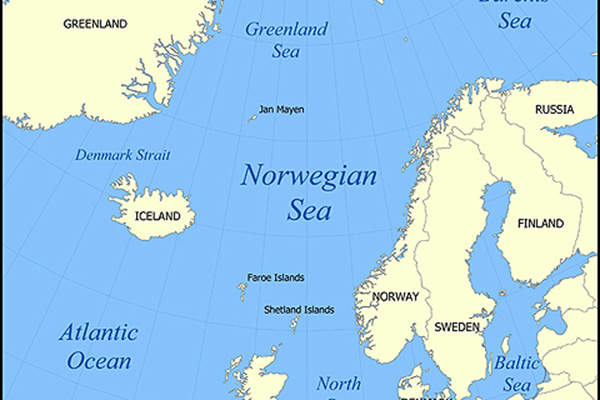
Bream Area Project involves the development of the Bream field, the Mackerel field and the Herring prospect located within the Norwegian Continental Shelf (NCS). The concept selection for the project was made in March 2014 and the final investment decision (FID) is expected to be made in late 2014 or early 2015.
The Bream field is located in Licence PL407, approximately 50km north-west of the Yme Oilfield and 110km from Egersund, while the Mackerel field and the Herring prospect are located in the PL406 licence.
The Bream and Mackerel marginal fields are estimated to hold combined reserves of 50 million barrels of oil equivalent. First oil from the project is expected in 2017.
The PL407 licence was awarded to BG Norway and its partners during the APA 2006 licensing round. Premier Oil acquired a 20% equity interest from Skeie Energy in August 2012 and a further 40% interest in the Bream field along with Kupfec from BG in July 2013, thus becoming the operator of the field with a 50% interest. Other partners in the Bream field are Kupfec (30%) and Tullow (20%).
Premier is also the operator of PL406, holding a 30% interest. Premier’s initial share of production from the project is expected to be 14,000bpd.
Discovery, geology and operators
The Bream field was originally discovered in 1972 by Phillips Petroleum Company, which drilled the 17/12-4 appraisal well in 1980. The well, however, yielded no positive results.
BG further appraised the well in 2009 by drilling a vertical pilot hole and two horizontal sidetrack wells, and estimated the initial recoverable volumes from Bream to be between 39 million and 63 million barrels.
The Mackerel field was discovered by Elf Petroleum in 1979. Subsurface evaluations for the field were completed in 2012.
The reservoirs of both the fields are located within the Middle Jurassic Bryne sand formation.
Bream Area Project development
Development of the Bream field involves the drilling of four production wells and a water injection well, to be tied back to a Sevan-type cylindrical floating, production, storage and offloading vessel (FPSO). The Mackerel field is also expected to be developed at a later stage as a 17km subsea tie-back to the same FPSO.
The Banda gas field is located in production sharing contracts (PSC) A and PSC B.
An exploration well is expected to be drilled on the Herring prospect during the development phase of the two former fields, which, if successful, will add additional resources to the project. A production well and an injection well are planned to be drilled at Herring based on the results from the exploration well.
The offshore facilities are expected to require 18MW-22MW of power, which will be met during the initial years from the gas produced by the fields. The subsea systems will be designed for a lifespan of 15 years and the FPSO will be designed to operate beyond the field’s lifespan, enabling it to serve future prospects within the NCS.
Contractors involved
The hull and marine front end engineering design (FEED) contract for the FPSO has been awarded to Sevan Marine, which is collaborating with Teekay for the project. The FEED contract for the topsides has been awarded to Aibel and the subsea FEED contract has been awarded to Xodus Group. The FID will be made following the completion of the FEED.
BG, the former operator of the Bream field, contracted Schlumberger to provide openhole logging, logging while drilling (LWD) and directional drilling services, as well as the detailed wellbore stability study during the appraisal test of the wells. The company employed its proprietary Petrel E&P software, EcoScope multifunction LWD service data and CERTIS high-integrity reservoir test system integrating IRDV intelligent remote dual valve during the process.






